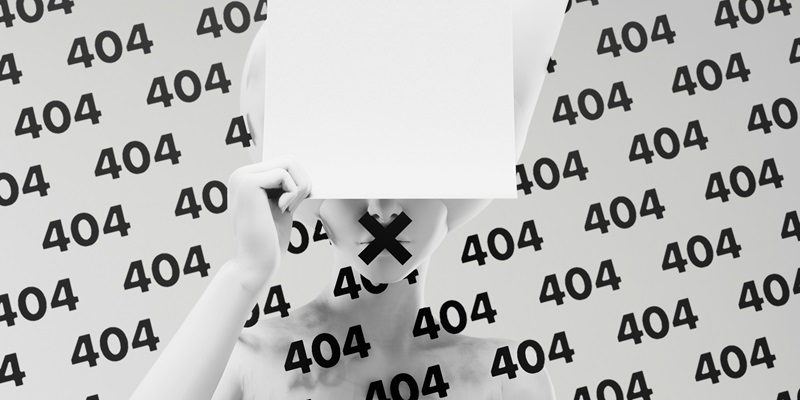The blockchain realm is abuzz with the advent of the ERC-404 token standard, a trailblazing innovation in digital assets. Bridging the gap between the fungibility of ERC-20 tokens and the distinctiveness of ERC-721’s non-fungible tokens (NFTs), ERC-404 emerges as a hybrid powerhouse in the cryptocurrency sector. This new token model melds the best aspects of both worlds, setting the stage for a revolution in how tokens can be managed and traded on the Ethereum platform. As a blend of fungibility and uniqueness, ERC-404 tokens present exciting possibilities for the evolution of token economies, potentially transforming the landscape of asset management on the blockchain. The introduction of ERC-404 signals a significant shift, promising to reshape the underpinnings of digital asset transactions with its innovative dual characteristics.
The Advent of ERC-404 and Its Hybrid Nature
ERC-404 arrives as a groundbreaking fusion of the fungibility seen in ERC-20 tokens and the distinctive properties inherent to ERC-721 tokens. This convergence manifests in a dual token structure aimed at heightening asset agility and cross-application interoperability. The standard, still in its experimental phase, has been initiated by the Pandora project, suggesting a seismic shift in how digital assets can navigate the complexities of the cryptocurrency domain.
By amalgamating features from two of the most prominent token standards, ERC-404 holds the promise to pioneer a diverse range of applications that were previously incongruent or cumbersome to implement. Early signs suggest that the adaptability offered by ERC-404 might just rewrite the playbook for digital asset utility and transferability, offering a glimpse of a more fluid, interconnected future in the Ethereum ecosystem.
Early Adopters and Market Reception
Innovative projects like Pandora are pioneering the use of ERC-404, particularly with their intriguing “Replicants” NFT lineup. Similarly, the DeFrogs collection underscores the versatility of this new standard. Market enthusiasm is evident, with active trade of Pandora’s NFTs on platforms like OpenSea and the notable surge in the value of their PANDORA token.
These initial ventures into exploiting ERC-404’s potential are sparking widespread interest. They indicate the standard’s ability to revolutionize asset ownership and value creation. The positive market reception to these early uses of ERC-404 is promising, suggesting a bright future for its integration and acceptance in the marketplace. This progressive development could significantly reshape how we perceive and engage in digital asset trading.
Innovating Liquidity and Ownership with ERC-404
ERC-404 trounces the prevailing limitations of asset liquidity in the NFT space by endorsing fractional ownership. Now, a wider demographic of investors can hold a stake in an NFT, engaging in trades, pooling stakes, and even leveraging such digital holdings as collateral. This pronounced flexibility catapults ERC-404 into the spotlight as a champion for inclusivity and democratization of asset ownership.
The ramifications of this are profound, fertilizing a dynamic secondary market for NFTs and fostering innovative economic models previously unfeasible. Herein lies ERC-404’s true potential – a catalyst for a comprehensive revolution in how digital assets are owned, traded, and capitalized upon, signifying a formidable step towards achieving the long-sought-after ideal of fluid market parity and efficiency.
Security Concerns and Optimism in the Crypto Community
The emergence of ERC-404 has generated both excitement and concern within the crypto space, particularly around its security. Voices across platforms formerly known as Twitter are raising important questions about the standard’s safety and reliability, signaling the need for rigorous scrutiny ahead of its broader application.
Despite these worries, a sense of optimism remains pervasive among cryptocurrency enthusiasts and developers, who are drawn to the possibilities that ERC-404 offers for expanding Ethereum’s functionality. This discourse underscores the crypto community’s dedication to fostering a secure, yet progressive environment for this new standard. It’s evident that while caution is paramount, the promise of innovation underlines a hopeful outlook for the future of ERC-404.
ERC-404 Standard: A Work in Progress
The evolution of ERC-404 is a remarkable journey, still in progress, as it undergoes crucial testing and audits to ensure its robustness. Its early achievements, exhibited by pioneering projects, serve as promising signs of its potential and path forward. The crypto community is attentively watching as ERC-404 continues to develop, with each advancement in refinement and stability generating buzz about its potential to revolutionize token economics.
ERC-404 symbolizes a significant chapter in blockchain’s evolution, perhaps heralding a new era of token functionality and financial ingenuity. As this standard matures, each milestone is met with high hopes for its influence on the future of digital assets, making it a beacon of innovation in the ever-expanding world of blockchain technology.

